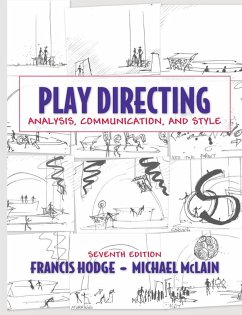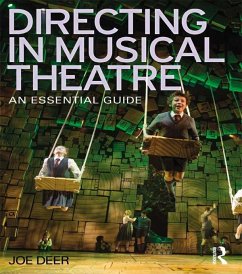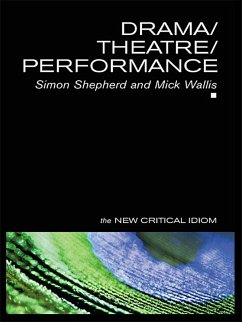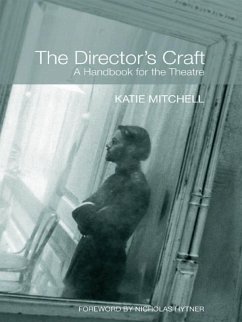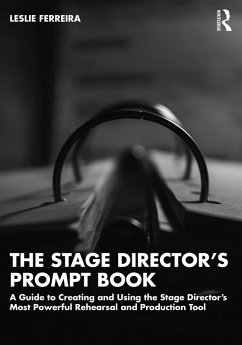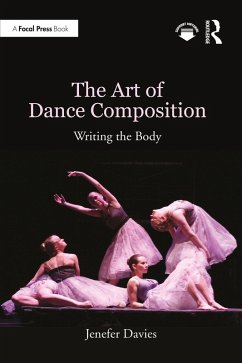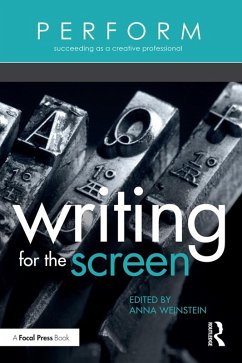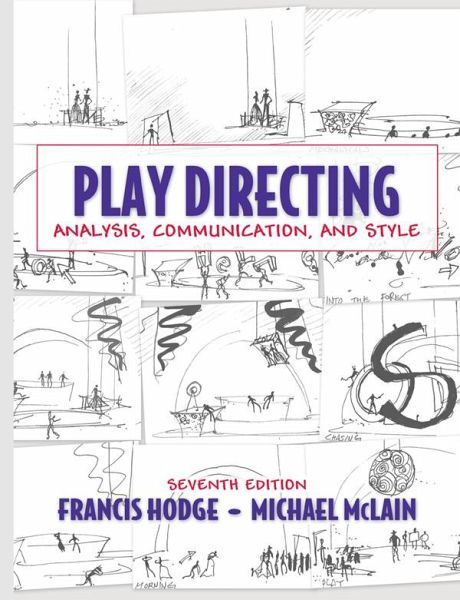
Play Directing (eBook, PDF)
Analysis, Communication, and Style
Versandkostenfrei!
Sofort per Download lieferbar
162,95 €
inkl. MwSt.
Weitere Ausgaben:

PAYBACK Punkte
81 °P sammeln!
Play Directing describes the various roles a director plays, from selection and analysis of the play, to working with actors and designers to bring the production to life. The authors emphasize that the role of the director as an artist-leader collaborating with actors and designers who look to the director for partnership in achieving their fullest, most creative expressions. The text emphasizes how the study of directing provides an intensive look at the structure of plays and acting, and of the process of design of scenery, costume, lighting, and sound that together make a produced play.
Play Directing describes the various roles a director plays, from selection and analysis of the play, to working with actors and designers to bring the production to life. The authors emphasize that the role of the director as an artist-leader collaborating with actors and designers who look to the director for partnership in achieving their fullest, most creative expressions. The text emphasizes how the study of directing provides an intensive look at the structure of plays and acting, and of the process of design of scenery, costume, lighting, and sound that together make a produced play.
Dieser Download kann aus rechtlichen Gründen nur mit Rechnungsadresse in A, B, BG, CY, CZ, D, DK, EW, E, FIN, F, GR, HR, H, IRL, I, LT, L, LR, M, NL, PL, P, R, S, SLO, SK ausgeliefert werden.




